Master the Essentials of Spill Kits to Safeguard your Workplace
Are spill kits really that important? And what do spill kits actually contain? You may have heard that spill kits are necessary but not understood why — or what makes a good spill kit. Not to worry. We’re here today with three things you absolutely have to know about chemical spill kits.
If you work with hazardous materials or waste, everyday accidental spills can quickly go from inconvenient to dangerous. You need to be ready to clean up these spills no matter when, where, or how they happen at your business. That’s where spill kits come in.
1. Choosing the right spill kit
Not just any spill kit will protect your equipment and employees. Your spill kits require specific features to be effective, and those features need to be specific to the kinds of possible spills in your workplace.
Therefore, the first thing you need to know is what kind of spill containment kits are right for you. Here’s a brief breakdown of the three main kit types and their uses:
- General Purpose — General-purpose or universal spill kits are important to have around for water-based liquids and hydrocarbons. These kits use gray absorbents.
- Oil Only — Specifically designed for the cleanup of hydrocarbons like gasoline, oil spill kits contain white absorbents. They are made of materials that repel and float on water to make cleanup in any location efficient and effective.
- Hazmat — If you work with highly corrosive acids and solvents, hazardous material spill kits are for you. These chemical absorbents are yellow and will easily absorb your hazardous liquids.
2. What must your spill kits contain
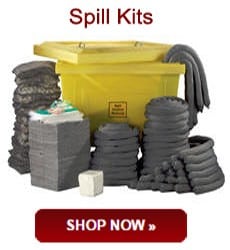 No matter what kinds of kits you have, there are certain components they definitely need to contain. So, the second thing you need to know about spill kits is what they should have in them.
No matter what kinds of kits you have, there are certain components they definitely need to contain. So, the second thing you need to know about spill kits is what they should have in them.
Your chemical spill kits should include:
- Absorbents such as pads, socks, and pillows;
- Protective gear for your workers, such as safety goggles and gloves;
- Disposable bags with ties for handling soiled absorbents; and
- A clearly marked container to store your unused spill kit contents.
Make sure that the capacity of your kits are right for the potential sizes of your spills. Figure out what your worst-case-scenario spill volume would be, and make sure you have a plan in place to handle it.
3. How to use spill kits to respond effectively
Of course, it isn’t good enough to just have spill kits. The third thing you need to know about spill kits is that they won’t be helpful if your employees don’t know how to use them.
Chemical spill kits need to be accompanied by training to ensure that every employee is ready to respond quickly and efficiently to spills. All employees should:
- Know the location of spill kits as well as their contents,
- Understand the procedures to follow in the event of chemical spills,
- Have access to emergency contact information, and
- Recognize when not to handle spills — sometimes the best response is evacuation.
Trust AbsorbentsOnline as your workplace spill kits partner
If you’ve considered these three aspects of your spill kit program, congratulations — you have a solid base for a spill-response plan! But whether you’re new to spill kits or a seasoned expert, AbsorbentsOnline is here to help ensure you have the right products to protect your employees and your facility. From specialty and portable spill kits to those capable of handling 95-gallons or more, we have all your needs covered.
Do you have the right safety products on hand for your workplace? To find out, contact Angie Meza at angie@absorbentsonline.com or (800) 869-9633.
This is a revision to a blog post with an original publication date of March 15, 2016.
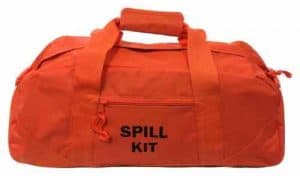
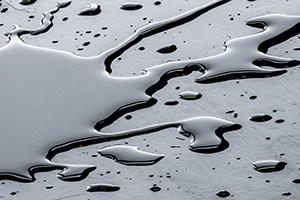 Companies dealing with hazardous chemicals and materials should follow the old saying, “Hope for the best but prepare for the worst.” Let’s hope a spill never occurs but in the rare event that it does, be fully prepared to control, contain and clean it. Because when it comes to workplace safety, there is no room for compromise.
Companies dealing with hazardous chemicals and materials should follow the old saying, “Hope for the best but prepare for the worst.” Let’s hope a spill never occurs but in the rare event that it does, be fully prepared to control, contain and clean it. Because when it comes to workplace safety, there is no room for compromise.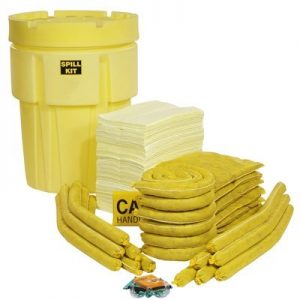
 Have questions about hazardous chemical spill supplies? Contact Travis Zdrazil at
Have questions about hazardous chemical spill supplies? Contact Travis Zdrazil at 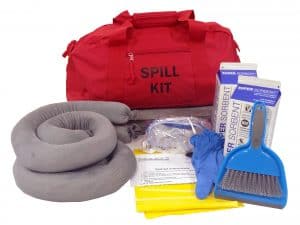
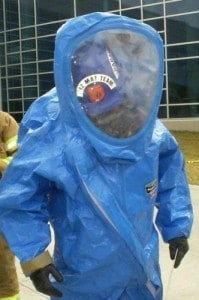
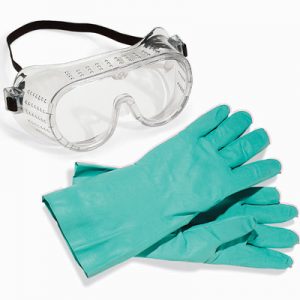

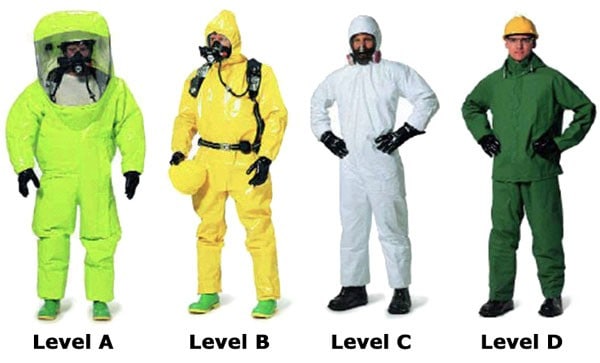
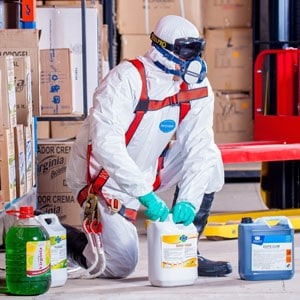

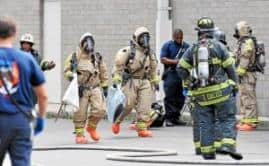
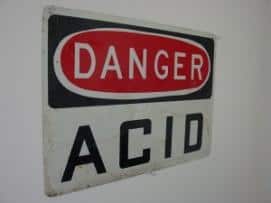

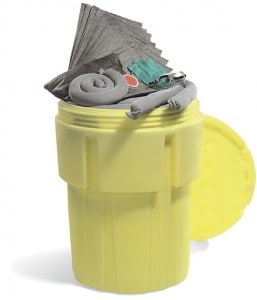
 Do you have the right safety products on hand for your workplace? To find out, contact Angie Meza at
Do you have the right safety products on hand for your workplace? To find out, contact Angie Meza at 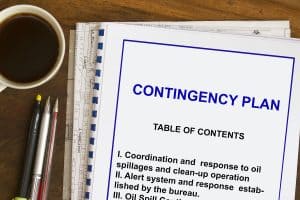
 With their spill response plans in place, here are three main types of
With their spill response plans in place, here are three main types of 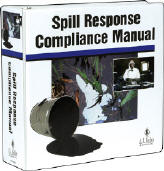
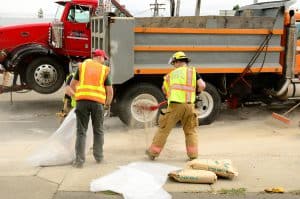
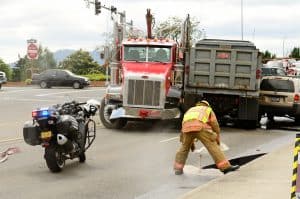
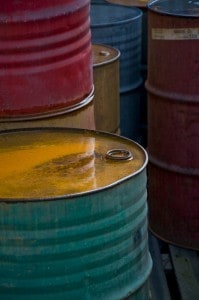 Chemical spills or leaks can pose a direct threat to workers’ health, the environment, and nearby animals. This is why the Occupational Safety and Health Administration (OSHA) and the Environmental Protection Agency (EPA) have strict rules in place. For both the prevention and cleanup of workplace hazardous chemical leaks or spills.
Chemical spills or leaks can pose a direct threat to workers’ health, the environment, and nearby animals. This is why the Occupational Safety and Health Administration (OSHA) and the Environmental Protection Agency (EPA) have strict rules in place. For both the prevention and cleanup of workplace hazardous chemical leaks or spills.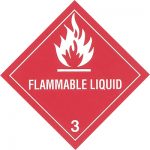 OSHA requires companies to properly label any hazardous chemical that it stores or uses in the workplace. Each type of chemical must have a clear and accurate label describing its contents. For instance, whether it is flammable, corrosive, oil or another chemical type in the list above. Color coding your
OSHA requires companies to properly label any hazardous chemical that it stores or uses in the workplace. Each type of chemical must have a clear and accurate label describing its contents. For instance, whether it is flammable, corrosive, oil or another chemical type in the list above. Color coding your